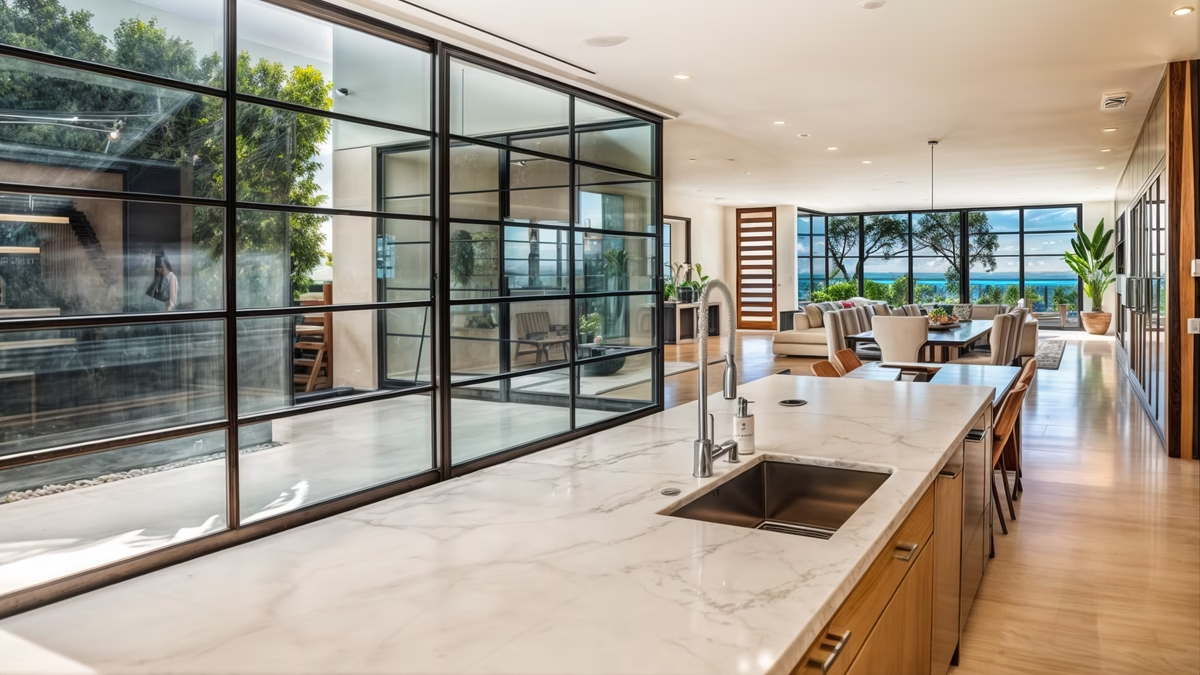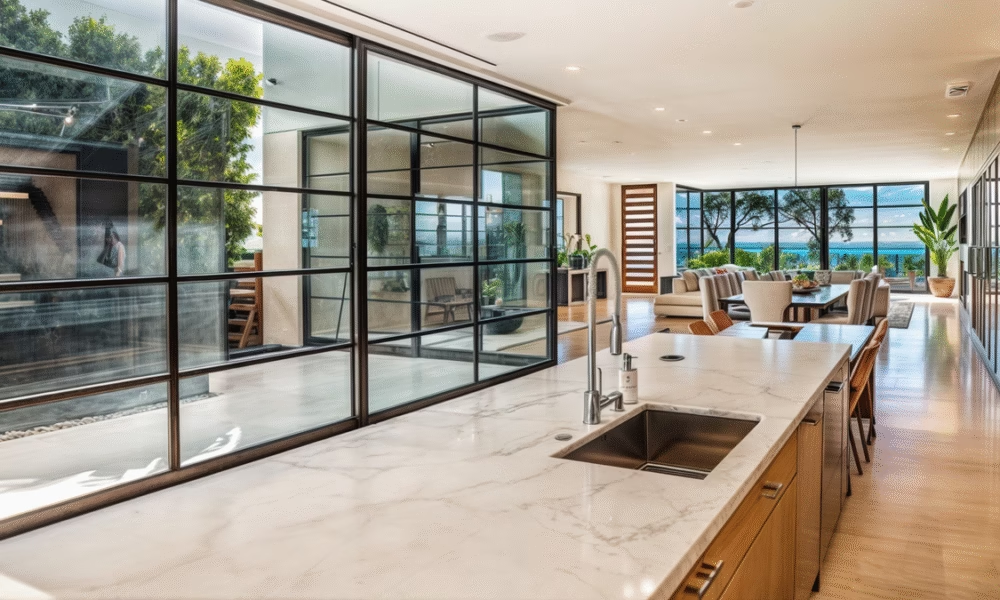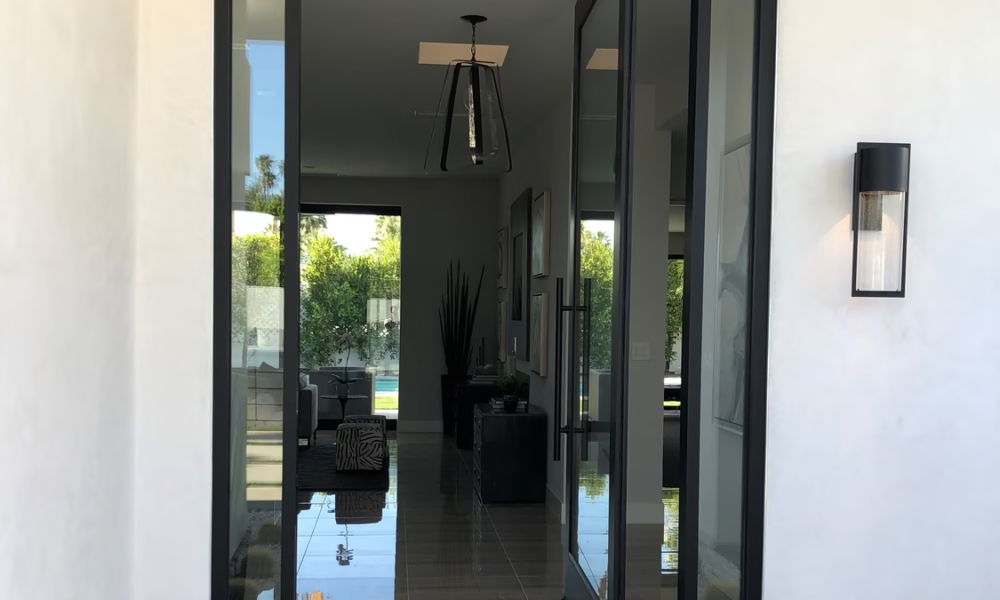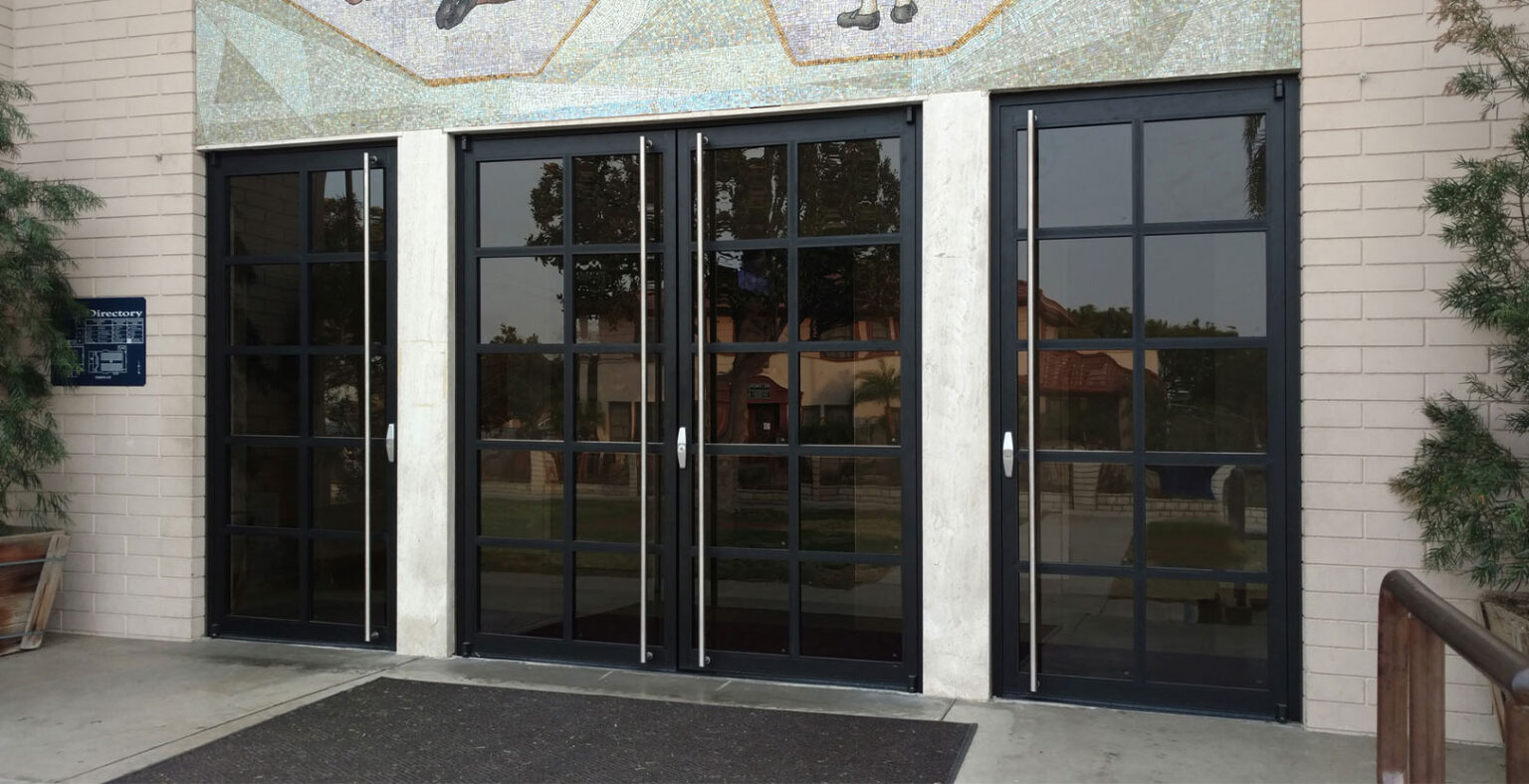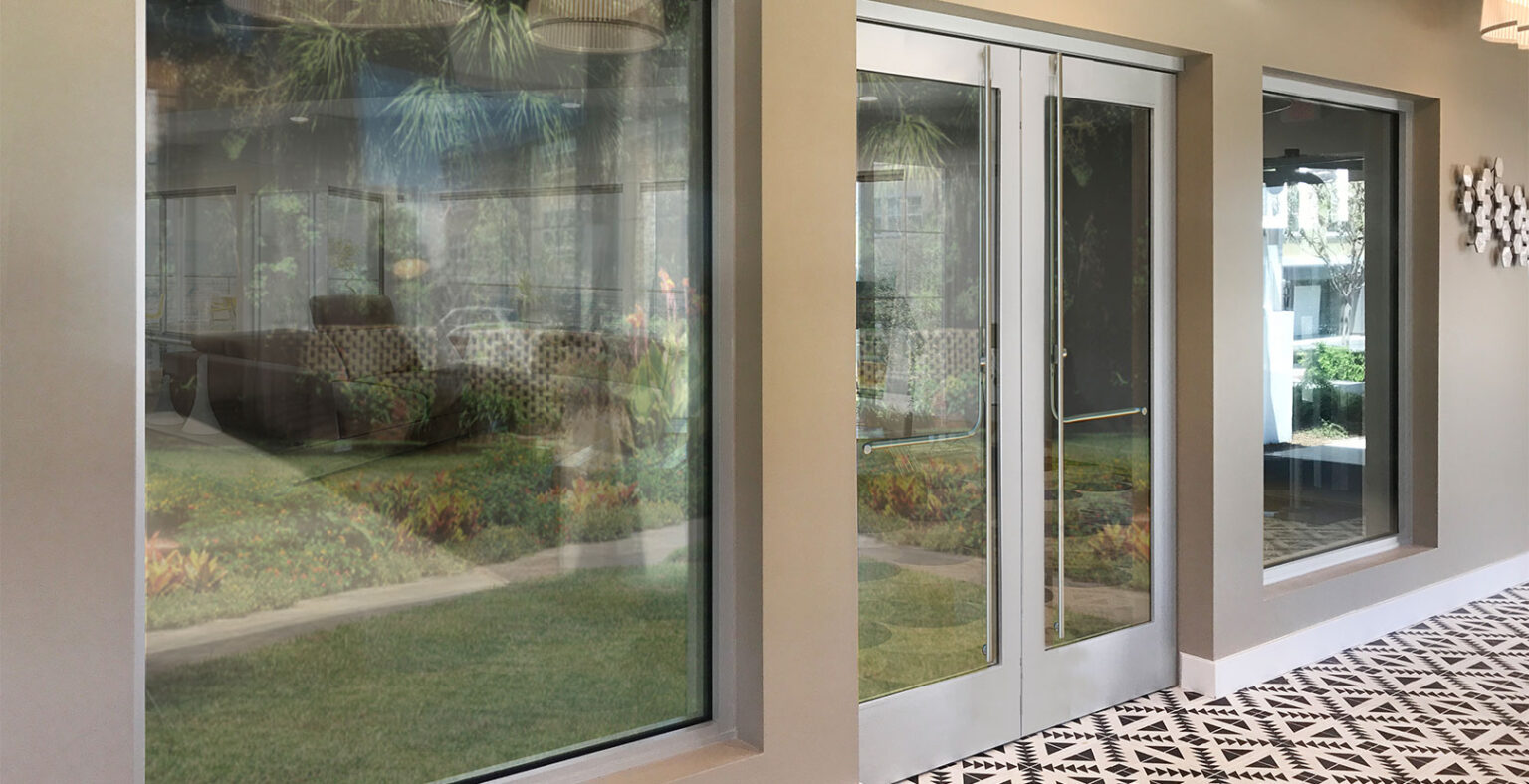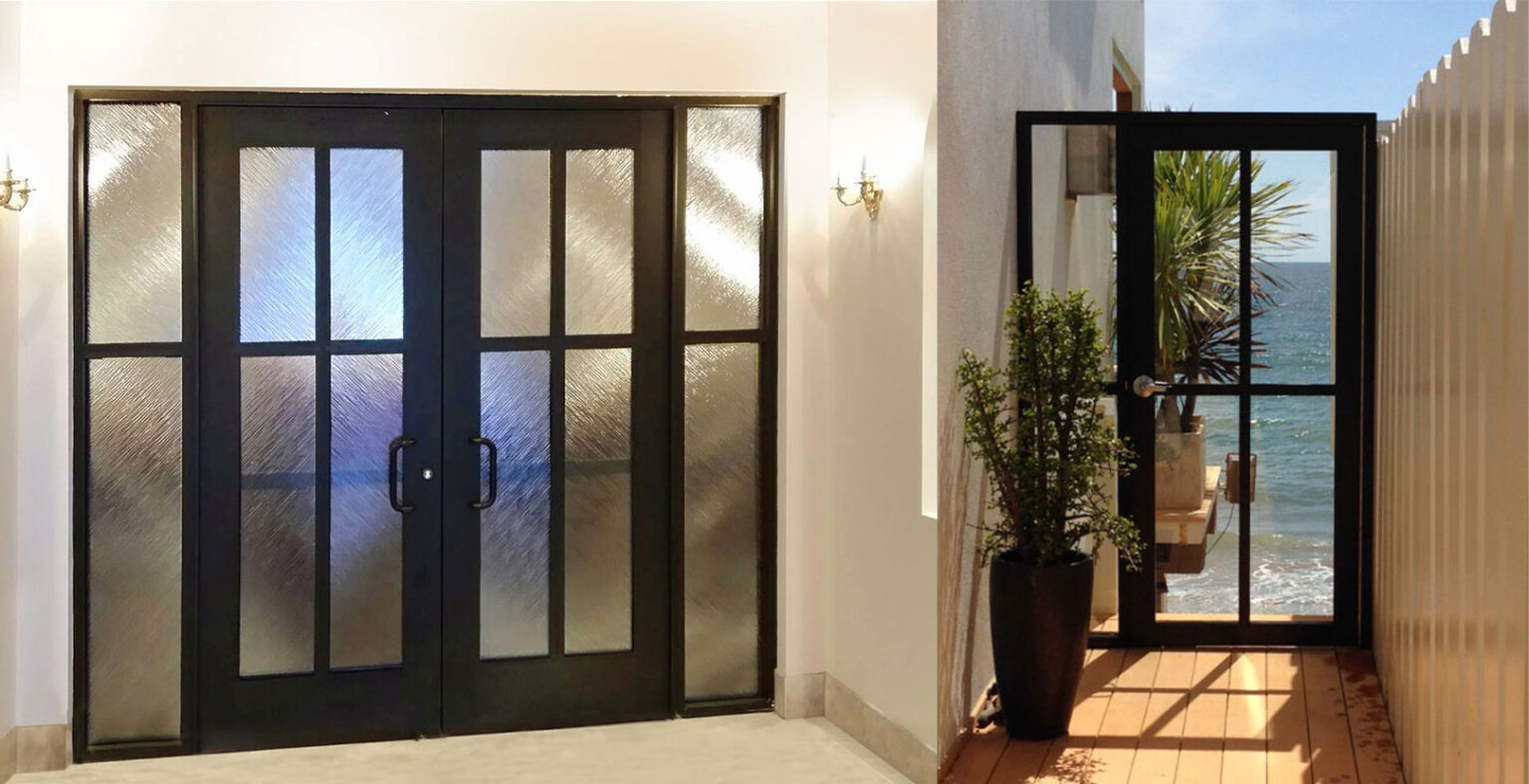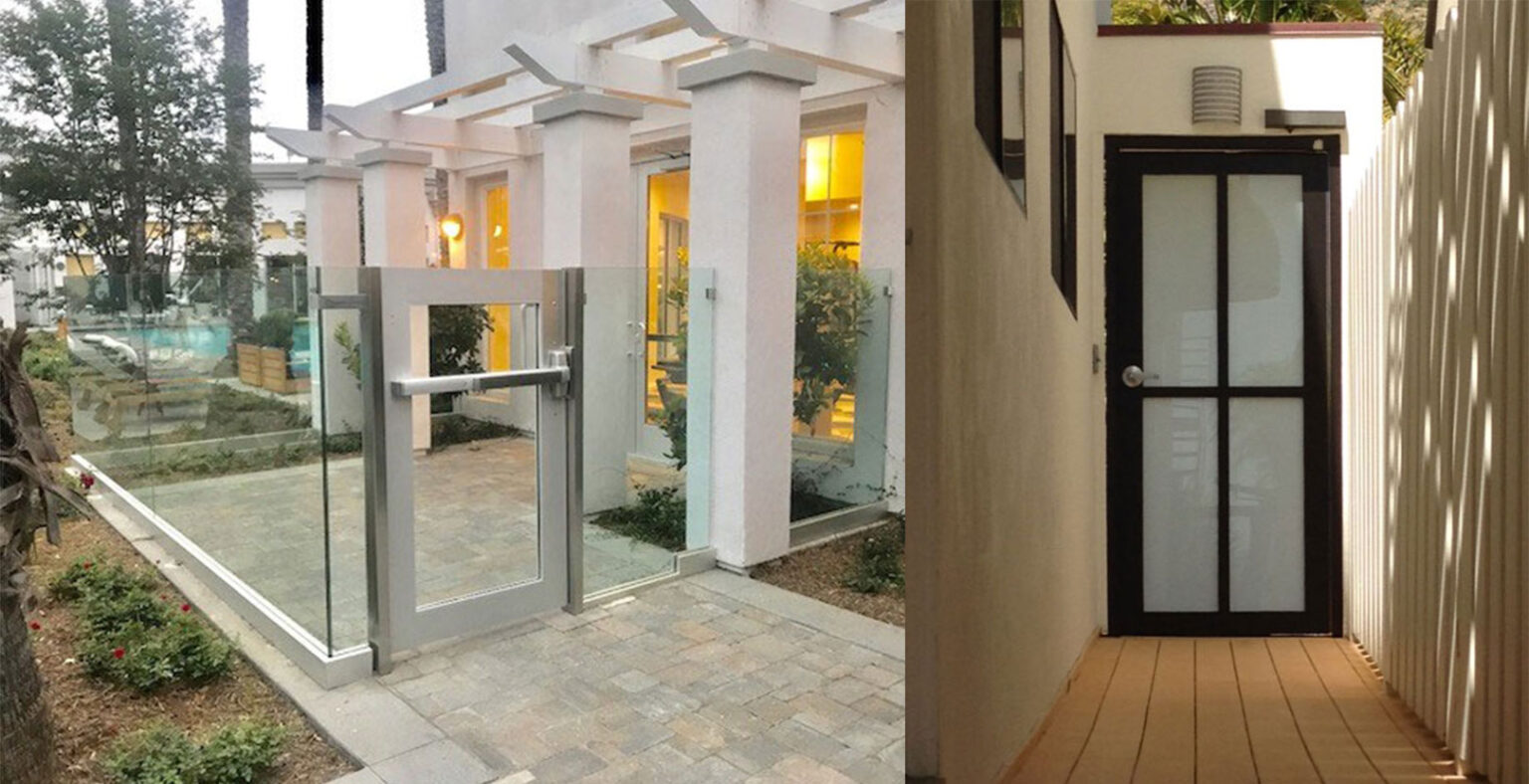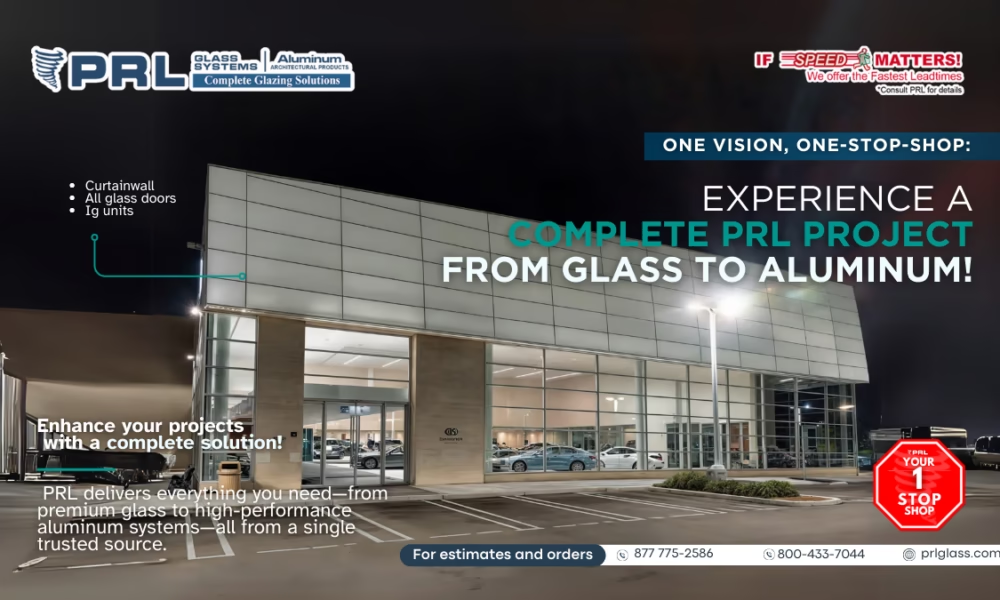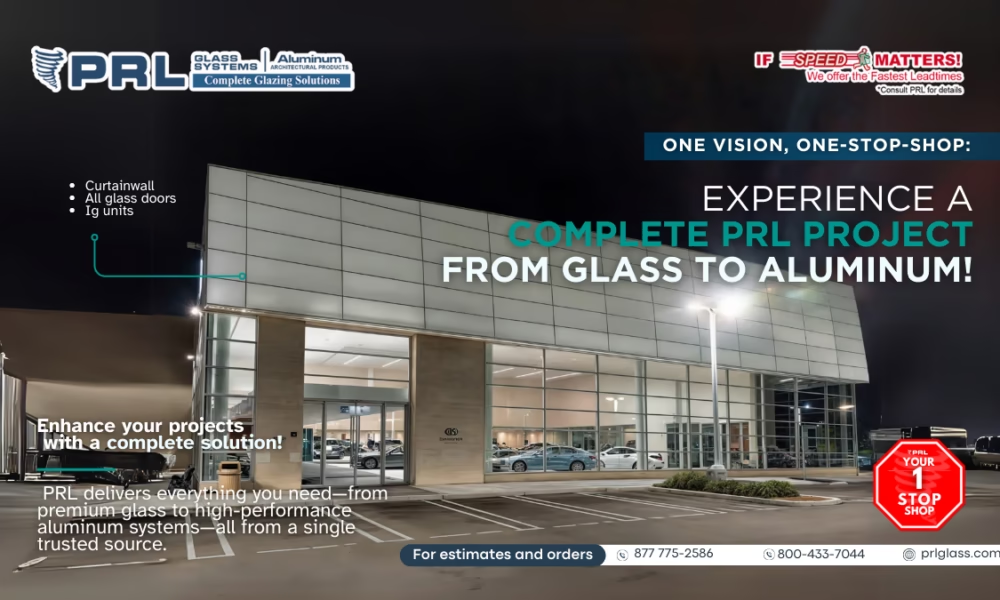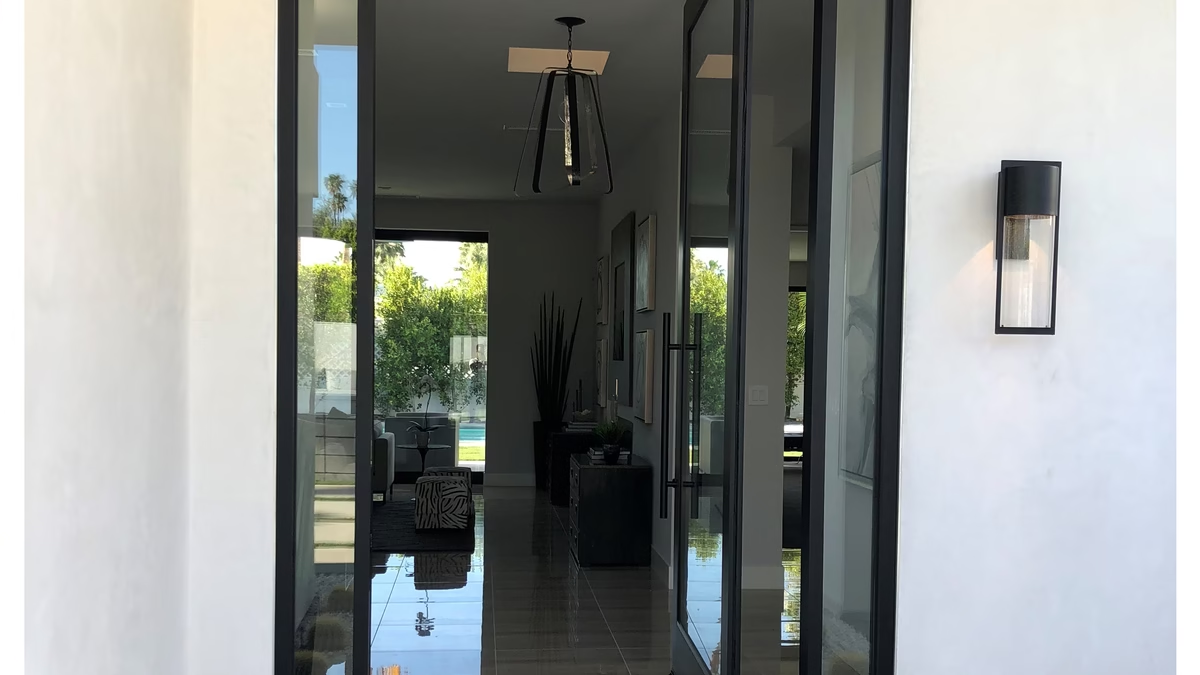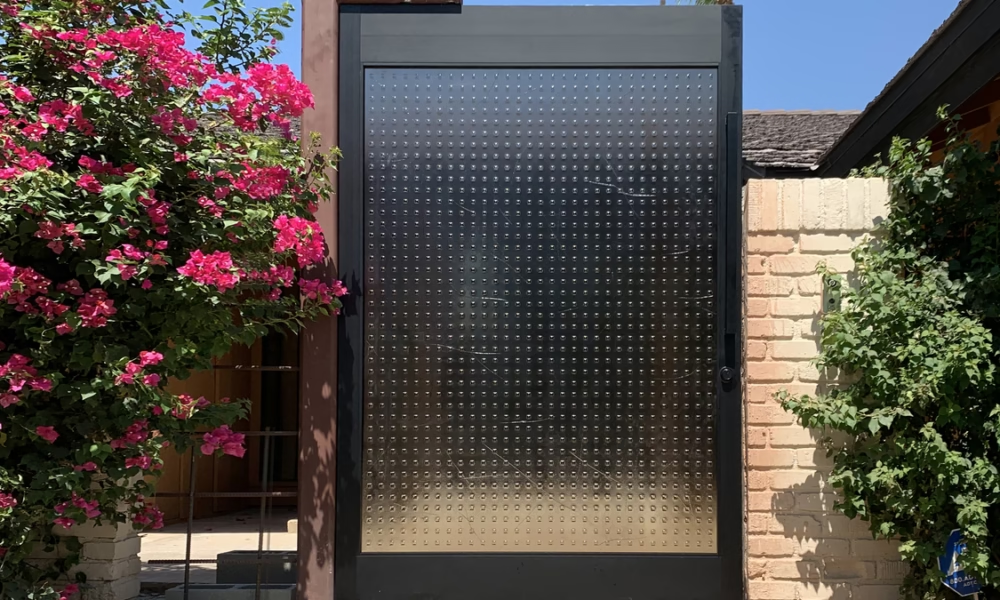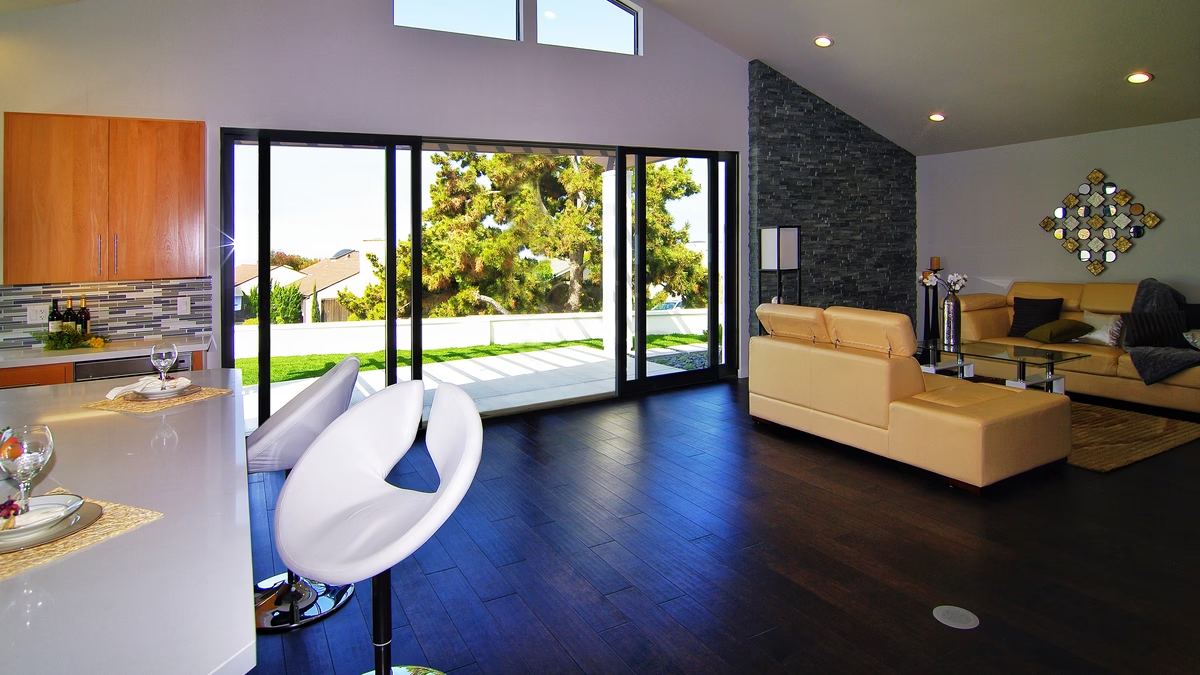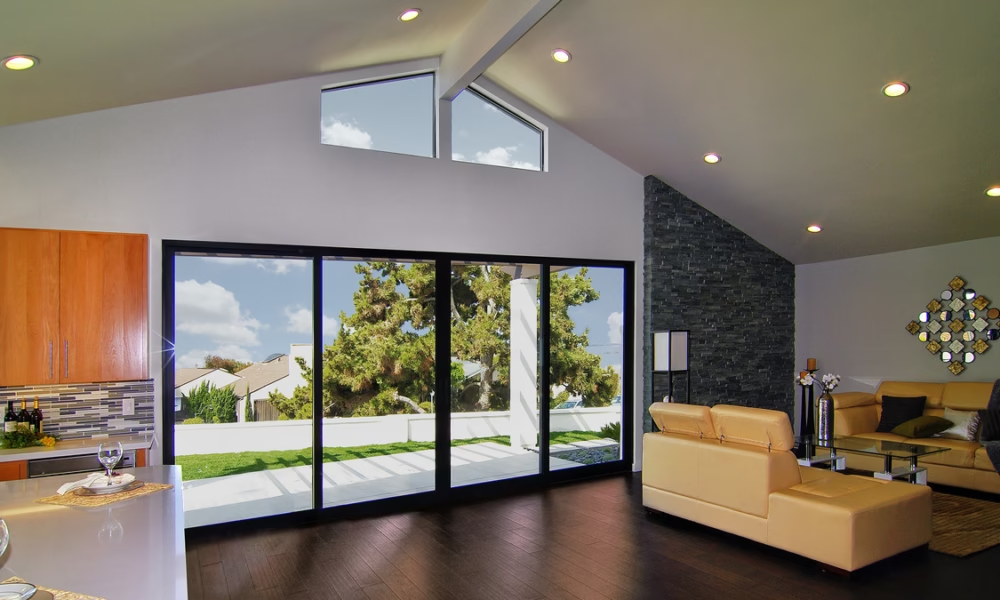-
Nov, Thu, 2025
AAMA Certification: A Complete Guide for Architectural Aluminum Systems
When designing aluminum doors, windows, railings, panels, or façade systems, one of the most critical factors for long-term performance is the quality of the finish.
The look of the coating, its resistance to weather, fading, and wear, not only defines a project’s aesthetics: it directly impacts maintenance needs, lifecycle costs, and overall structural integrity.
The AAMA 2603, 2604, and 2605 certifications have become the industry’s most reliable standards for evaluating the performance of architectural aluminum coatings. Developed by the American Architectural Manufacturers Association, these standards set rigorous requirements to ensure that aluminum systems maintain their color, gloss, and durability, even under severe environmental conditions.
At PRL Glass & Aluminum, these guidelines are an essential part of our manufacturing and quality control processes.
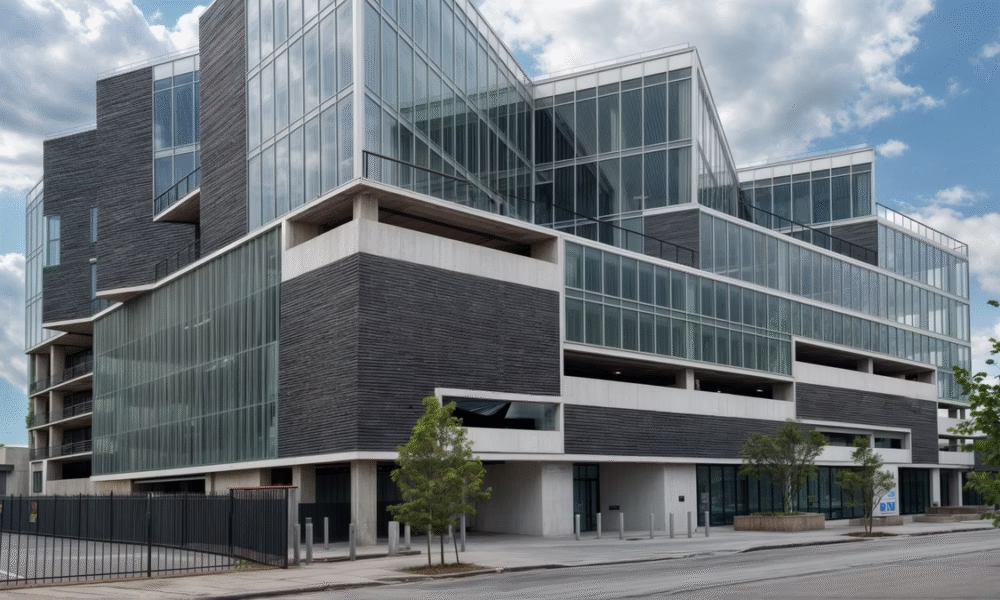
What Is AAMA and Why Does It Matter in Architecture?
The American Architectural Manufacturers Association (AAMA) develops voluntary standards to evaluate the performance of windows, doors, skylights, panels, and architectural coatings.
These standards have become a reference point for architects, developers, and contractors because they:
- ensure minimum, proven performance,
- make it possible to compare coatings objectively,
- reduce premature failures in façade systems, and
- guarantee long-term aesthetic stability.
Choosing an AAMA-certified coating means the system has been tested for air infiltration, water penetration, structural loading, and extended UV, humidity, and heat exposure that simulates years of real environmental conditions.
What Do AAMA Standards Evaluate?
Although AAMA establishes standards for various products, in the case of architectural aluminum coatings, the focus centers on four key areas:
Air Infiltration Resistance
Ensures that doors, frames, and façade systems do not allow drafts that compromise indoor comfort and energy efficiency.
Water Penetration Resistance
Evaluates how the system performs under controlled pressure during heavy rain or constant humidity.
Structural Performance
Confirms that aluminum profiles maintain their integrity under wind loads and thermal expansion.
Coating Durability
The core of AAMA 2603/2604/2605 certifications:
- color retention
- gloss retention
- chalk resistance
- abrasion resistance
- chemical resistance
- erosion resistance
- performance after extended Florida exposure (a severe weathering environment)
These tests predict how the system will look and perform after 1, 5, or 10 years.
AAMA 2603, 2604, and 2605: What Are the Differences?
These certifications represent progressive levels of durability and performance. The higher the level, the better the long-term resistance and the lower the maintenance requirements.
AAMA 2603 – Basic Level (Good)
Recommended Applications
- Interior use
- Residential projects
- Environments with low UV exposure
Key Characteristics
- Lower color retention
- Limited gloss retention
- Suitable for low-wear applications
Required Test
- 1-year exposure in South Florida
This is the most economical option, ideal for interior or protected environments.
AAMA 2604 – Intermediate Level (Better)
Recommended Applications
- Light commercial
- Medium-traffic buildings
- Locations with moderate sunlight exposure
Key Characteristics
- Improved color retention
- Greater chalk resistance
- Better UV durability
Required Test
- 5-year exposure in South Florida
Provides an excellent balance between cost and long-term performance.
AAMA 2605 – Superior Level (Best)
Recommended Applications
- Monumental or premium buildings
- Coastal or high-humidity regions
- High-UV environments
- High-rise towers and high-value façades
Key Characteristics
- Maximum color retention
- Maximum gloss retention
- Outstanding abrasion, chemical, and corrosion resistance
- Designed to maintain appearance for more than a decade
Required Test
- 10-year exposure in South Florida
This is the standard for demanding, long-lasting architectural applications.
Standard | Color Retention | Gloss Retention | Recommended Use | Required Exposure |
2603 | Basic | Basic | Interior / Mild exterior | 1 year |
2604 | Medium | Medium | Moderate commercial | 5 years |
2605 | High | High | Monumental / Severe climates | 10 years |
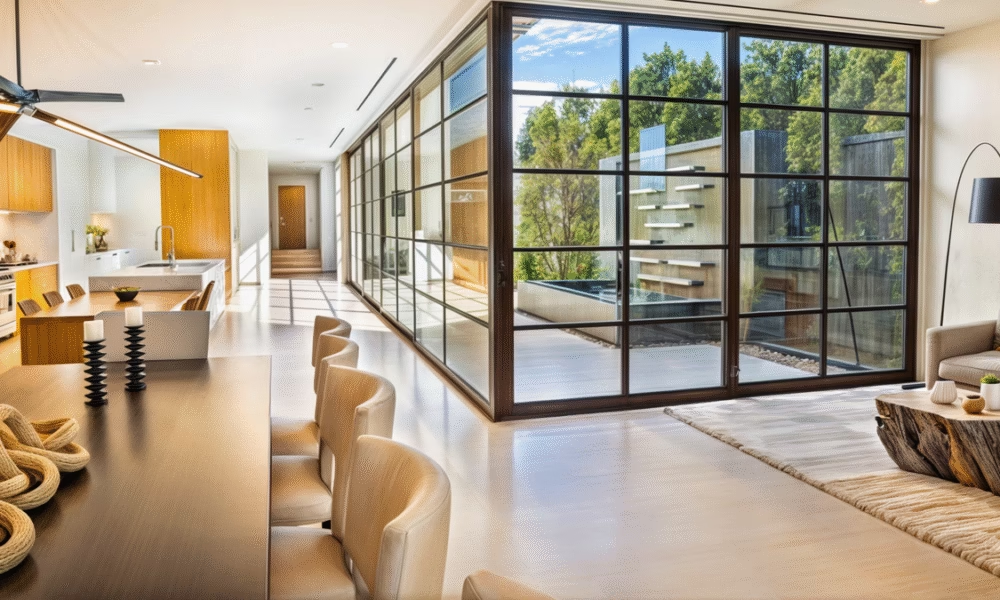
Which AAMA Standard Should You Choose?
Quick guide for architects, specifiers, and general contractors.
- Interior projects: AAMA 2603
- Moderate commercial buildings (schools, clinics, offices): AAMA 2604
- Premium buildings, high-rises, coastal environments, airports, hotels: AAMA 2605
- LEED, long-term durability, low-maintenance buildings: AAMA 2605
If the façade will face humidity, salinity, or constant sunlight, selecting the highest possible standard is always recommended.
Why Architects Specify AAMA for Modern Projects
Contemporary buildings demand systems that are efficient, sustainable, and durable. For that reason, coating certification has become a key criterion when selecting extruded aluminum for:
- exterior doors
- frames and panels
- curtainwalls
- high-traffic storefronts
- profiles exposed to humidity, salinity, or intense UV radiation.
The benefits include:
- uniform appearance for years
- significantly lower maintenance
- reduced corrosion risk
- stable color under extreme conditions
- compliance with quality and sustainability requirements.
Other Architectural Certifications to Consider
In addition to AAMA certification, several complementary standards can help ensure the performance and efficiency of your architectural project:
- ASTM: develops standardized testing methods used to evaluate structural strength, air and water infiltration, impact resistance, and finish durability.
- LEED: is a globally recognized sustainability certification that evaluates energy efficiency, material transparency, and environmental impact.
- NFRC: provides independent energy-performance ratings for windows, doors, and curtainwalls.
AAMA standards offer a clear, reliable framework to ensure the finish will withstand years of exposure without losing integrity or visual quality.
At PRL Glass & Aluminum, we manufacture every component with world-class standards to ensure long-lasting performance in any environment.
Need Aluminum Systems Designed to Meet AAMA Standards? PRL engineers, manufactures, and delivers aluminum products built to meet the most demanding AAMA performance levels.
👉 Request technical specifications, samples, or a project quote today.



